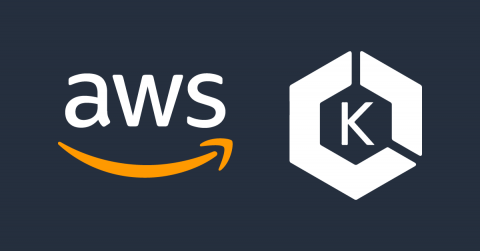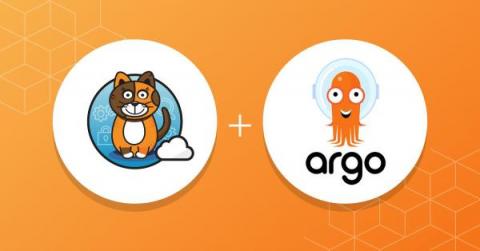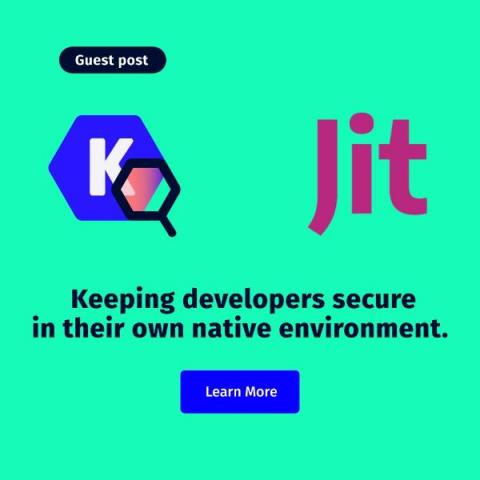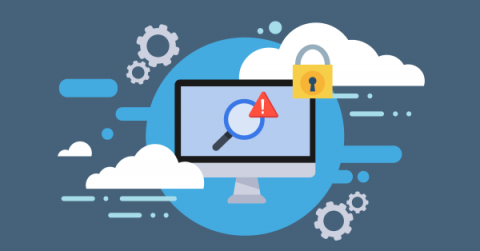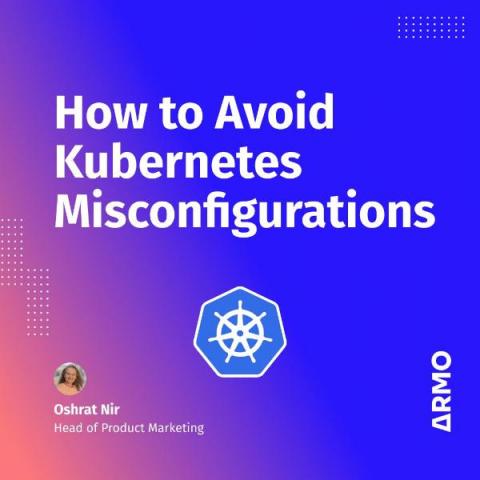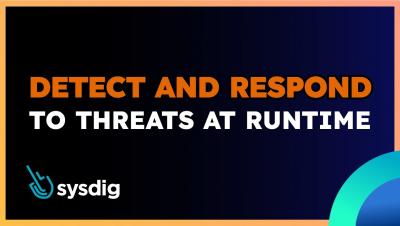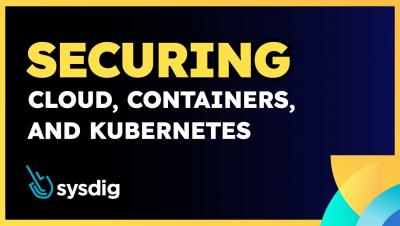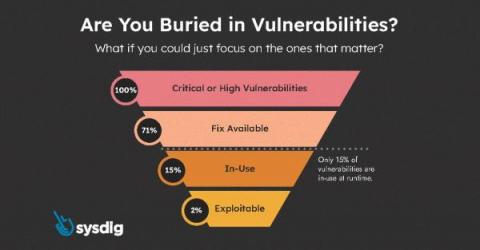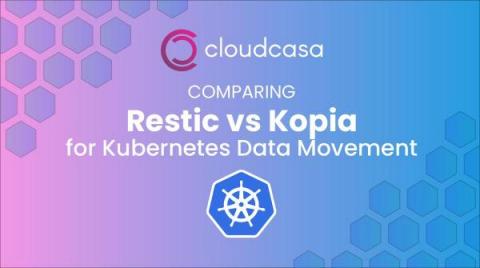Detect malicious activity and protect your containerized workloads in Amazon EKS or AWS
As containerized applications become increasingly complex, it can be challenging to design and execute an effective container security strategy. With the growing trend towards cloud-based applications and services, cyber criminals are also evolving their attack techniques, making container security solutions more critical than ever. Calico provides robust detection capabilities to detect known and zero-day container and network-based attacks.


